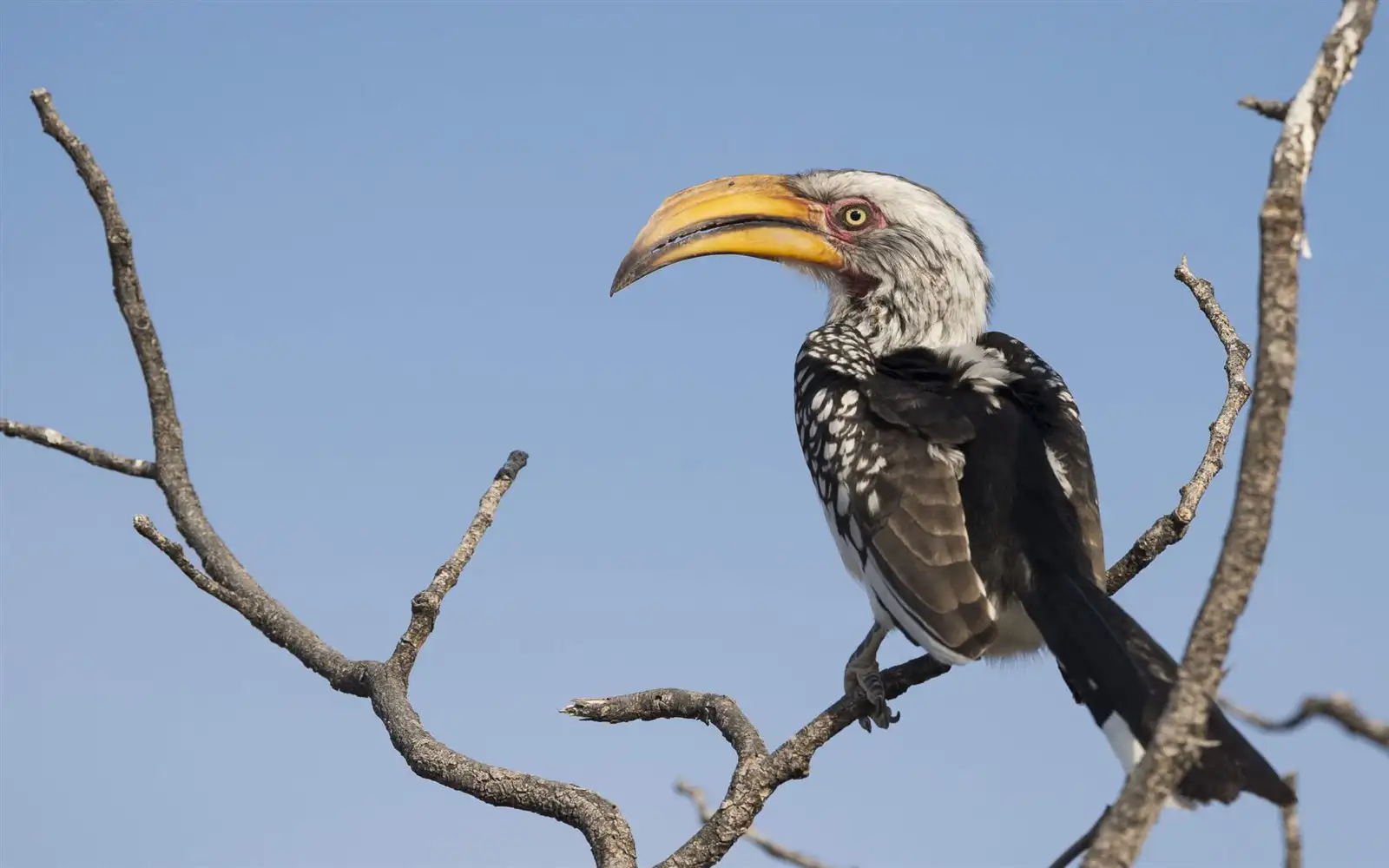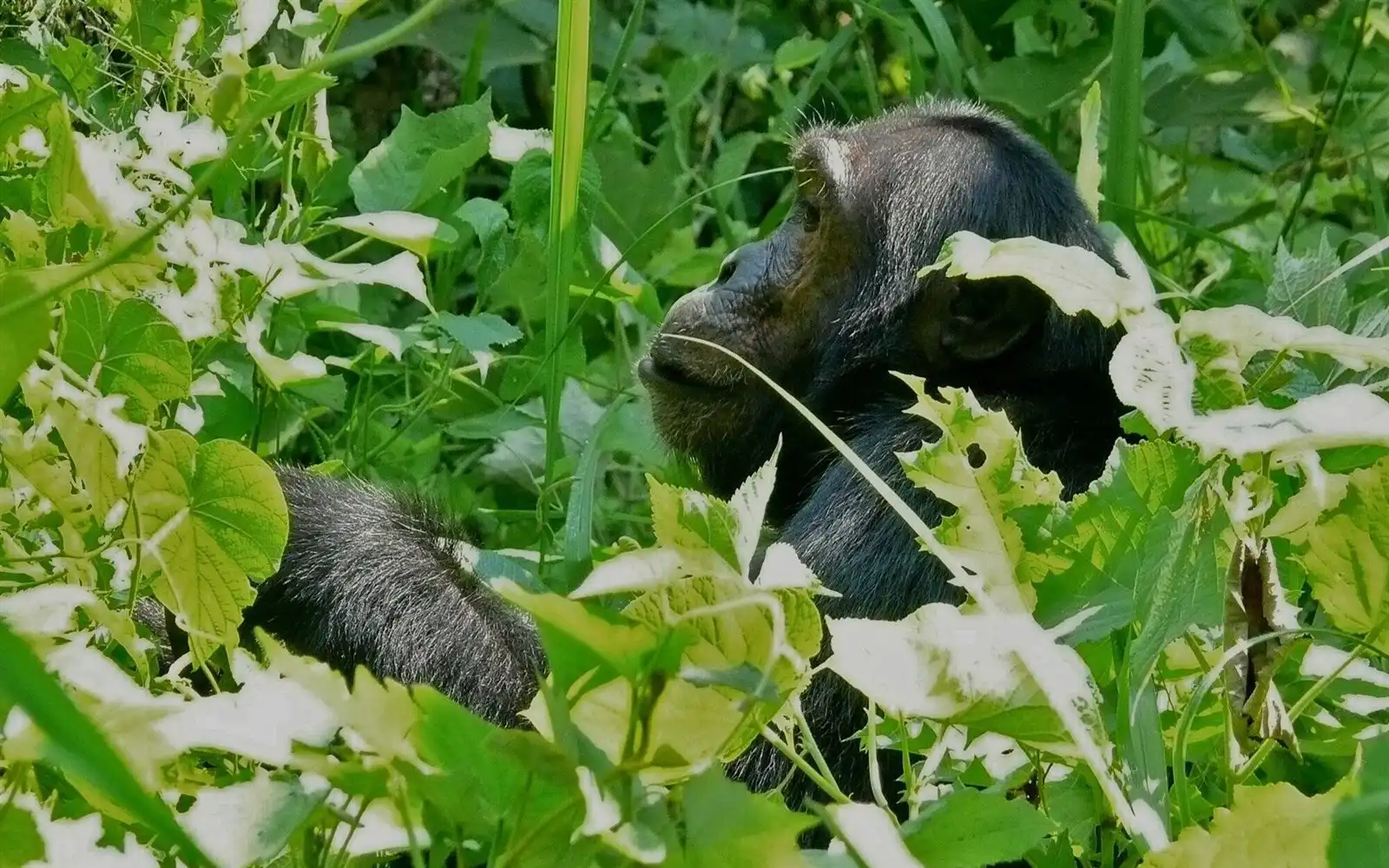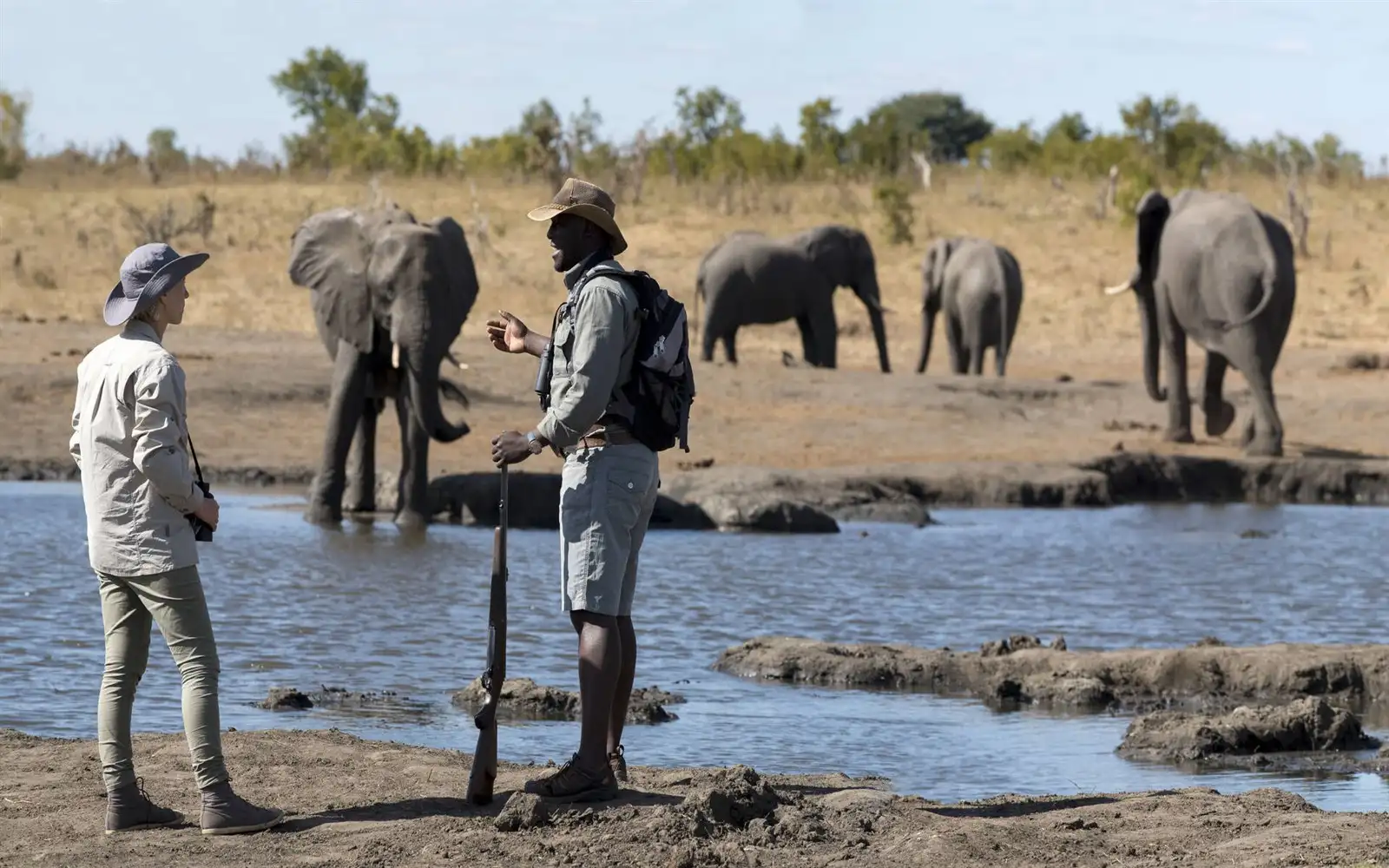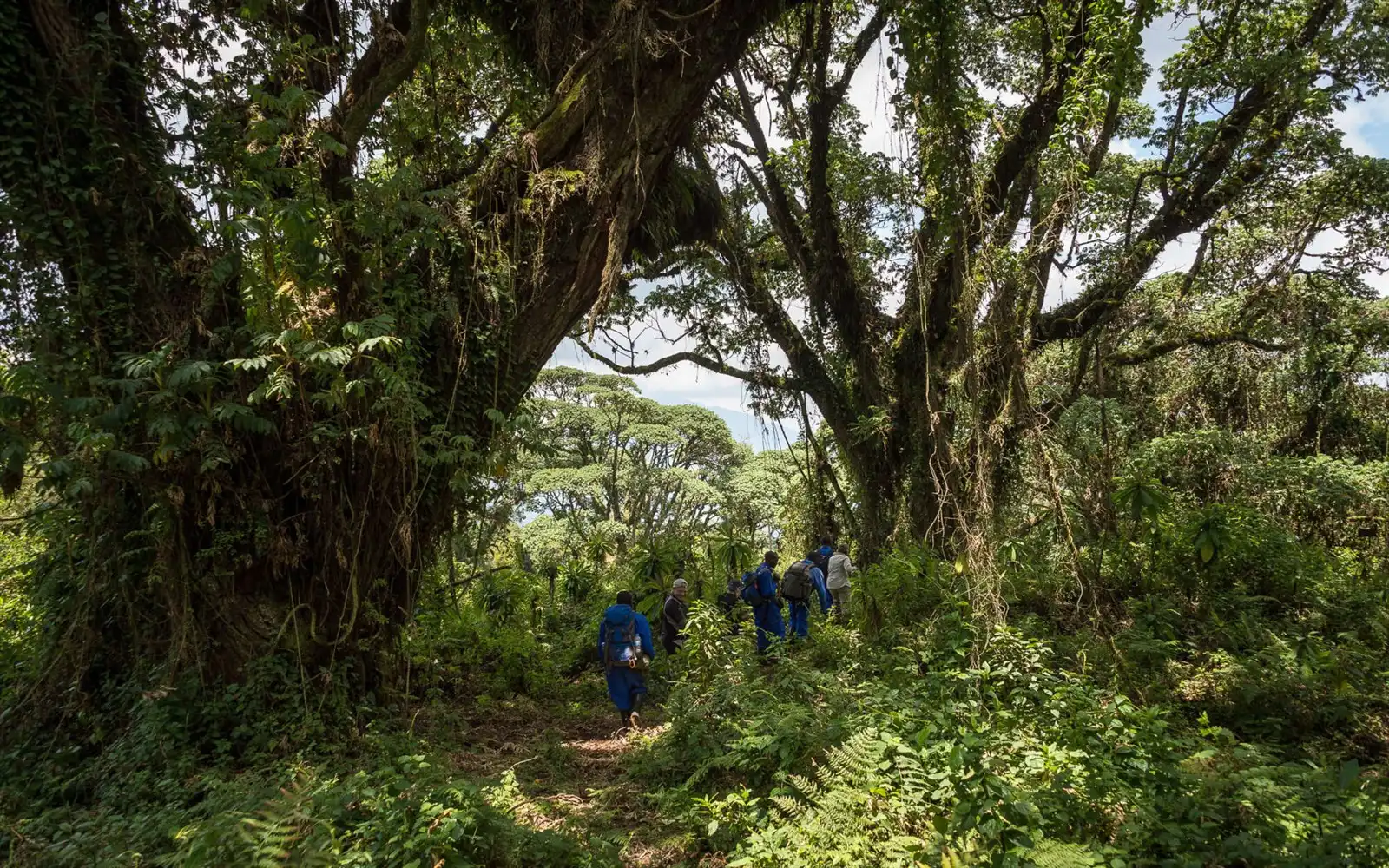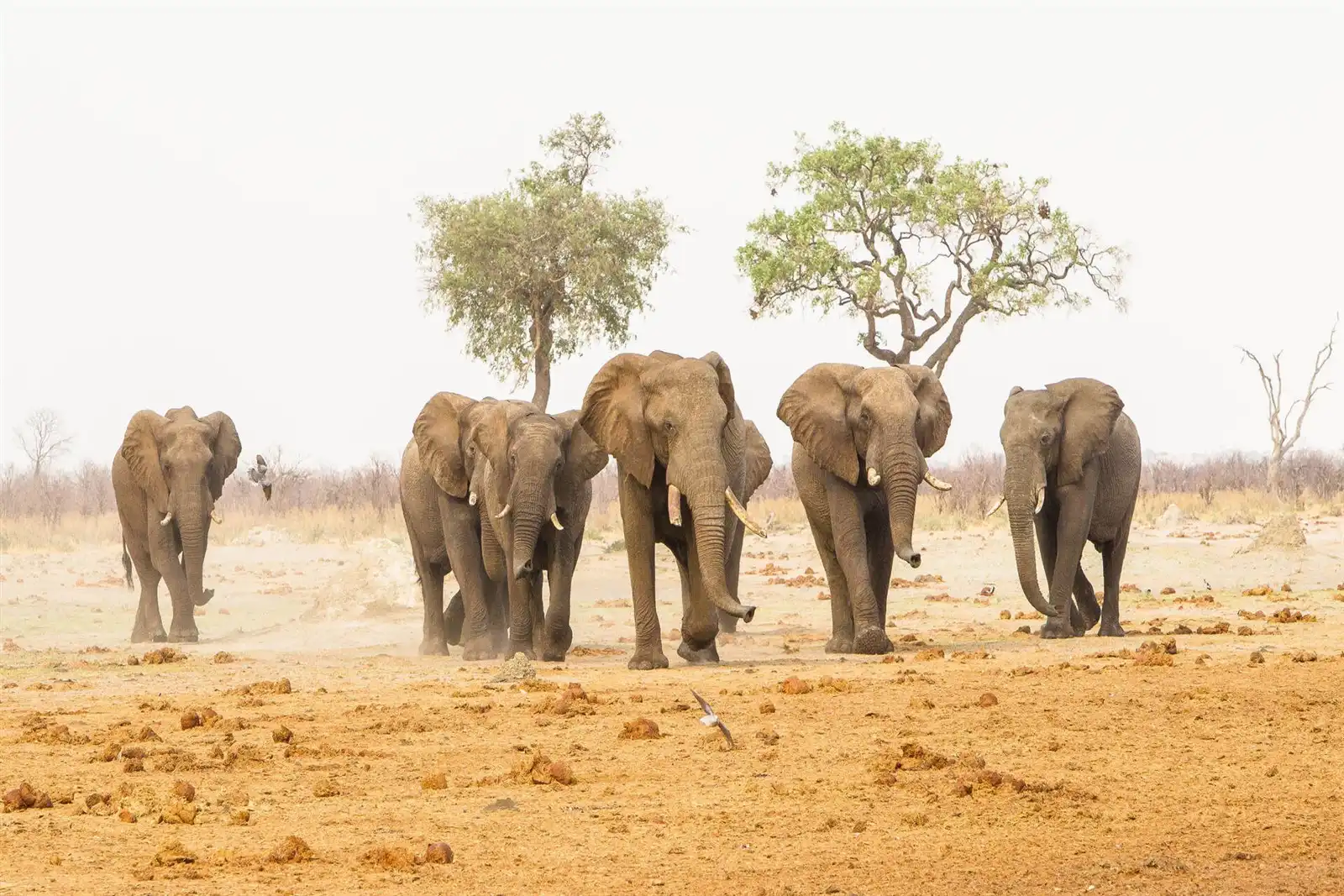
Arusha National Park
Arusha National Park: A Guide to Tanzania's Hidden Gem
Arusha National Park is located just a short drive from the bustling town of Arusha, making it an easy day trip or a great addition to a longer safari itinerary. The park covers an area of 552 square kilometers and boasts three distinct zones: the Momela Lakes, Ngurdoto Crater, and Mount Meru. Each area is unique in terms of wildlife, landscapes, and activities, making it a fantastic destination for nature lovers and adventurers alike.
Location and Getting There
Arusha National Park is located in northern Tanzania, approximately 25 kilometers east of Arusha town. The park can be accessed by road, with the journey taking around 45 minutes from Arusha. Many visitors choose to hire a private driver or join a guided tour to access the park. Alternatively, you can take a domestic flight to Arusha Airport, located just 15 kilometers from the park.
History and Overview
Arusha National Park was established in 1960 and is one of Tanzania's smaller parks. The park was initially created to protect the Ngurdoto Crater and the Momela Lakes, which were recognized for their ecological importance. Since then, the park has expanded to include Mount Meru and its surrounding habitats.
Wildlife and Habitats
Despite its small size, Arusha National Park is home to a wide variety of wildlife and habitats. The park's three zones offer different environments, each with its own unique wildlife. The Momela Lakes are home to a variety of bird species, including flamingos, pelicans, and kingfishers. Ngurdoto Crater is a great place to spot buffalo, warthogs, and even leopards. Mount Meru is home to forest elephants, giraffes, and baboons, as well as a variety of bird species.
Activities and Attractions
Arusha National Park offers a range of activities and attractions for visitors, making it a great destination for both adventure-seekers and those looking for a more relaxed experience.
01. Game Drives
Game drives are the most popular activity in Arusha National Park, allowing visitors to explore the park's diverse wildlife and landscapes. Visitors can choose to take a guided tour in a 4x4 vehicle or self-drive, although a guided tour is recommended for those unfamiliar with the park.
02. Walking Safaris
Walking safaris are a unique way to explore Arusha National Park's habitats and wildlife up close. Walking safaris are led by an armed ranger and offer a more intimate experience than game drives.
03. Climbing Mount Meru
At 4,562 meters, Mount Meru is Tanzania's second-highest peak and offers a challenging yet rewarding climb for those up for the adventure. Climbing Mount Meru typically takes three to four days, and visitors must be accompanied by a registered guide.
04. Cultural Tours
Arusha National Park is also home to the Meru people, a tribe with a unique culture and history. Visitors can take cultural tours to learn more about the Meru people, their traditions, and their way of life.
05. Canoeing Safaris
Arusha National Park offers a unique opportunity to explore the park's diverse wildlife and stunning scenery through canoeing safaris. Visitors can take part in guided canoeing excursions, which provide a peaceful and intimate way to experience the park's diverse habitats and wildlife.
The park's two main bodies of water, Momella Lakes and Small Momella Lake, offer some of the best canoeing experiences. The lakes are home to a variety of bird species, including flamingos, pelicans, and herons, as well as hippos and other aquatic wildlife.
Canoeing safaris at Arusha National Park are typically led by experienced guides who provide guests with safety instructions and paddling techniques. The guides are also knowledgeable about the park's wildlife and habitats, and can point out interesting species and share information about the park's conservation efforts.
Best Time to Visit Arusha National Park
The best time to visit Arusha National Park is during the dry season, which runs from June to October. During this time, the park's wildlife is more concentrated around water sources, making it easier to spot. However, the park can be visited year-round, and each season offers its own unique experiences.
Where to Stay
Arusha National Park offers a range of accommodation options to suit all budgets, including lodges, campsites, and luxury tented camps. Some popular options include Momella Lodge, Hatari Lodge, and Ngare Sero Mountain Lodge.
What to Pack
When visiting Arusha National Park, it's essential to pack appropriately for the weather and activities. Visitors should bring comfortable, sturdy shoes for walking safaris and climbing Mount Meru. It's also important to bring warm layers for the cold evenings and early mornings, as well as sun protection for the hot afternoons. A good camera with a telephoto lens is also recommended for capturing the park's wildlife.
Safety and Precautions
Like all national parks, Arusha National Park has its own set of safety precautions that visitors should be aware of. Visitors should always stay in their vehicles or with their guides during game drives and walking safaris. It's also important to bring insect repellent to protect against mosquitoes and other insects, as well as a first aid kit in case of emergencies.
Conservation and Community Initiatives
Arusha National Park is committed to conservation and community initiatives, including anti-poaching efforts, education programs, and sustainable tourism practices. By visiting the park, visitors are supporting these initiatives and helping to protect Tanzania's natural and cultural heritage.
Overall Arusha National Park may be lesser-known than other Tanzanian parks, but it offers a unique and unforgettable experience for visitors. From stunning landscapes and diverse wildlife to unique activities and cultural tours, there's something for everyone in this hidden gem. By supporting the park's conservation and community initiatives, visitors can make a positive impact on Tanzania's natural and cultural heritage.
